Hanging the ‘Perfect’ Treestand
The stars must have aligned perfectly, because when my wife said “Yes… that sounds fun…” after I asked her if she wanted to help me hang treestands this season, I was shocked! Either way, I was thankful for her company and help. We had a great time together and she was full of questions. Near the end of our adventure she also said “You need to write about this process…”
I’ve always considered it an art to finding & hanging the ‘perfect’ treestand. The majority of the time it takes years & years of valuable deer movement information to zero in on that tree. But the only way you’ll find that perfect tree is to strap on your boots and start looking.
Stand Location
I hang three types of stands for different situations throughout the season. The first stand I look to hang is a doe-killing/rut/late-season stand. The concept behind this stand is simple, and it serves many purposes. I hang it over a popular food source known to be frequented by does. In the early season, if I’m not on a mature buck and want to fill the freezer, I sit in one of these stands to shoot a doe. Bucks like does and does like food, so in the rut, I’ll also babysit one of these stands in hopes of a cruising buck to come nosing through during daylight. In the late season, rut worn bucks will show up in food sources early and often to stock up on precious calories before the winter.
Be sure to plan accordingly when hanging these stands. A popular food source on October 1st may be a distant memory come November. Acorns will always trump anything, but they don’t last long. Hay fields and crop fields are always a solid bet, whether harvested or not. A huge majority of a deer’s diet needs to consist of woody browse, so any low growing soft bushes and trees will also be a dependable food source.
The second type of stand I hang is a pre-rut stand. In the pre-rut time of the year, bucks really start ramping up their scraping and rubbing. Hoping to establish their breeding dominance, the bucks leave a lot of telltale clues to their existence. These stands are usually located on travel routes, downwind from doe bedding areas, a staging area, or anywhere else a cruising buck may frequent. I usually won’t hunt these stands until the sign and trail camera evidence tells me to.
The third type of stand I hang is a gun season stand. In my neck of the woods, and most other areas in Michigan, gun season resembles some sort of archaic war zone. Any deer worth their salt heads for the hills and finds the thickest, nastiest cover they can to rind out their impending doom. These stands are usually located in far off or hard to reach places where deer will feel safe.
There is a fourth type of tree stand I prepare, my portable sets. Each summer I’ll also trim out trails and trees for the potential to hold a portable climbing or lock on stand. These possible spots could be anywhere, but in my opinion don’t warrant the use of a permanent lock-on or ladder stand. Or, in some cases, I don’t know the neighbors enough and am not comfortable leaving anything permanent on the property. No matter the reason, it’s nice to own a high quality portable stand and have the ability to use it in pre-arranged locations. I prefer the ultra-light HAWK Helium series of stands and sticks.
Entrance and Exits
I can’t stress enough the importance of stealthy entrances and exits. Many good stands are quickly ruined due to poor planning. Often, a hunter will access a trail upwind of a bedding area that holds deer. Those same deer may have heard or smelled the hunter, and most likely won’t show up during shooting hours. Also, leaving a stand after dark and disturbing feeding deer is bad as well. Those feeding deer won’t feel comfortable coming out until much later, once again, after shooting hours.
Keeping in mind my entrance and exit strategy, I first hack and slash a few wide trails to and from the stand. I prefer to use a small chainsaw whenever possible, but will and have resorted to pruners and a handsaw when in a bind. Realize any pruning will need to be done very aggressively because the new growth will still come back with a vengeance. I cut all of my trails extra wide, knowing that once it’s fall, they’ll have shrunk a bit. I also walk circles around the stand trimming shooting lanes and checking distances. I like to trim several trails to make sure I can always access the stand safely no matter the wind direction. After trails have been trimmed, it doesn’t hurt to rake them clear of debris. A clean trail will allow for quiet access. Also, at least before the leaves fall, a lot can be learned from studying tracks on a clean dirt trail.
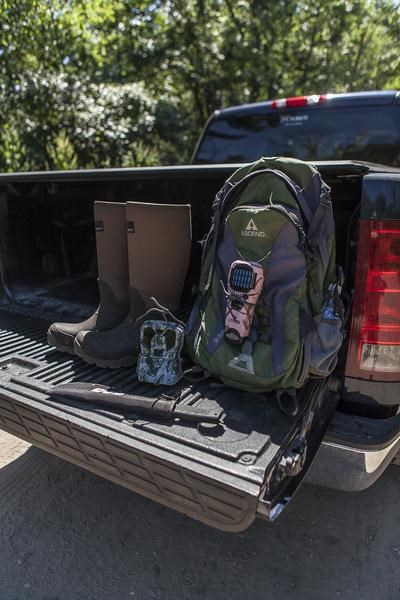
Safety
Safety is of course priority number one. Although it is a hassle at times, it is possible to hang a stand and hunt it while being tethered to the tree the entire time. Wearing a full body safety harness is a must, and with the help of a lineman’s belt… the hunter can be attached to the tree from the moment he leaves the ground. For stands that will get used frequently, a safety line with a sliding prussic knot is recommended. The safety harness tether fastens to the sliding knot, and allows the hunter to climb in and out. In the event of a fall, the knot engages, safely holding the hunter at whatever height they were at until they can climb back on, or call for help. With an old baseball duct-taped to a strong rope, a safety line can also be secured high up in the tree before the hunter ever leaves the ground, similar to the way a tire swing is laced in a tree.
Height
A lot has been written about how high to hunt. To me, the most important thing is to remain hidden. At higher elevations, our shot angle on the animal becomes significantly less, but… we can get away with more movement. At lower elevations, we get decent shot angles, but can’t move as much. It’s a tradeoff. I prefer to hunt thick, brushy trees at about 15-20 feet that hide my silhouette and allow for decent shot angles. In the right spot, like in between two standing cornfields, the Transformer Hunt Pod at 8′ is perfect. In other situations, the 21′ Destination ladder stand may be what’s necessary to get above that wise old buck’s field of view. And for anything in-between… climbing sticks with a hang-on!
Tricks
Most people hang a stand selfishly- and just think about themselves. But… I want to challenge everyone to think like a deer. It’s really important to hang a stand so that the sunlight will be in the animal’s eyes when the shot opportunity comes. First, the sunlight will illuminate the animal, offering the best possible shot. And second, the deer will be hesitant to look up, and if they do, it will be hard to make out the hunter’s form while squinting at the sun.
Making a series of super wide, clean trails to and from a stand help for several reasons. First, if well raked and maintained they’ll be quiet. Second, to avoid the deer patterning us, it is good to never exit the stand location in the same way. And, the chances are good that the deer will start using a few of the trails- and we don’t want to interfere with those, so we always need options.
Funneling the deer with fallen trees, snow fence, old wire, brush, or anything else works really well too. Just make sure the funnel drives deer toward the treestand, and not further away.
Some people also like to hang an old towel or t-shirt above the seat of their treestands so when they move, the bark doesn’t make noise. Depending on the tree- like a shag bark hickory or cherry for instance, I think hanging something is a really good idea.
When to Hang
I don’t know if anyone will ever completely agree on the perfect time to hang a treestand. I’m hooked on summer because I’ll get a good idea of what it will look like come fall, and by the time the season rolls around any scent or pressure I have left behind will be long forgotten. However, it is also important to be flexible and mobile. Many hunters waste quality time in an unproductive stand each fall waiting to get lucky. Have plenty of stands prepared and hung well before the season starts, but also keep a portable one handy to hunt fresh sign when it appears. When preparing or hunting a stand, be sure to use proper safety equipment and lock into the tree before even leaving the ground. With a lineman’s belt, safety line, and quality safety harness, complete treestand safety is possible.
Grab your favorite boots and treestand – The perfect tree is out there somewhere.
Best of luck this season.
#HUNTFROMABOVE
HAWK HUNTER Jason Herbert lives in Michigan and hunts across the Midwest.

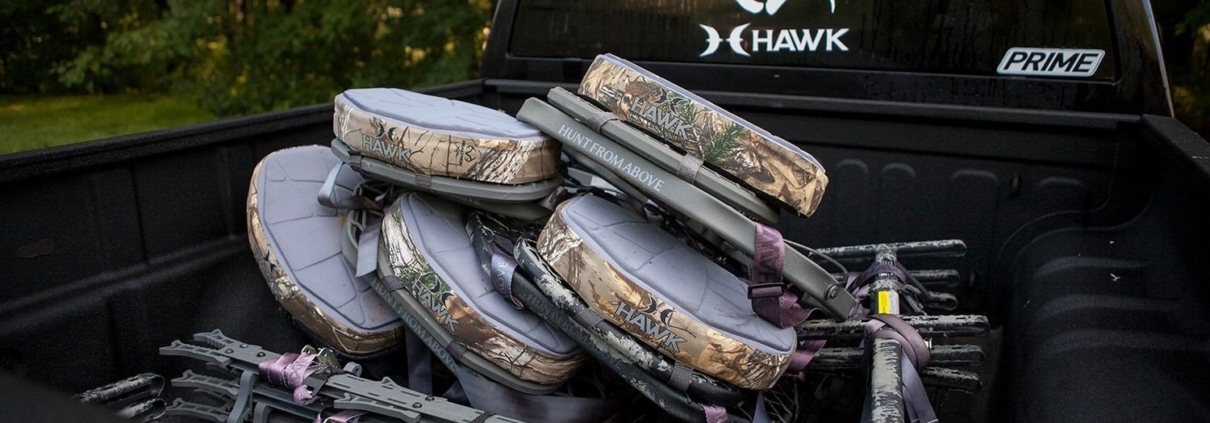
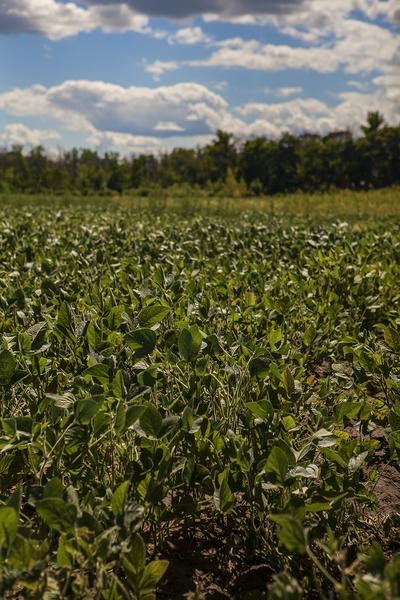
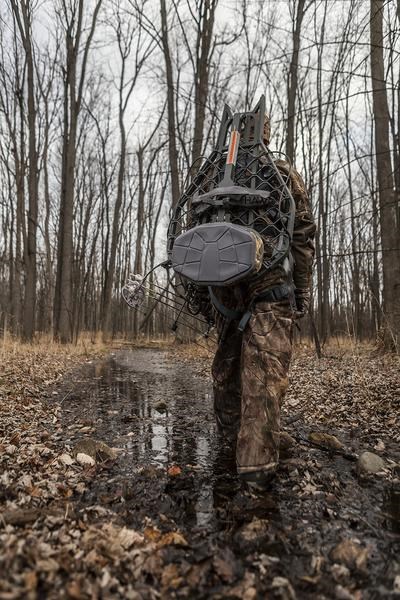
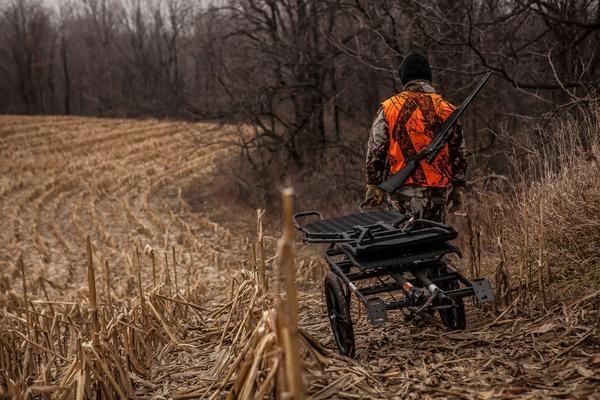

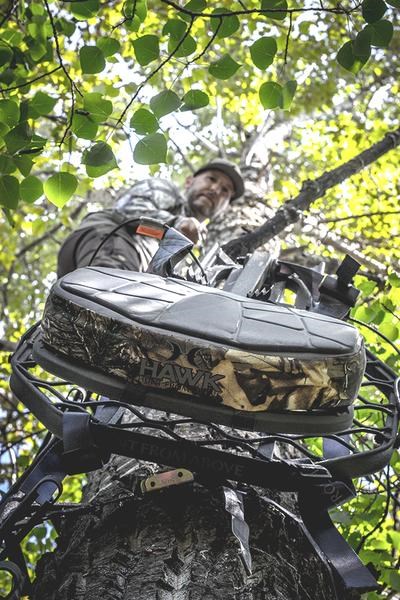


Leave a Reply
Want to join the discussion?Feel free to contribute!